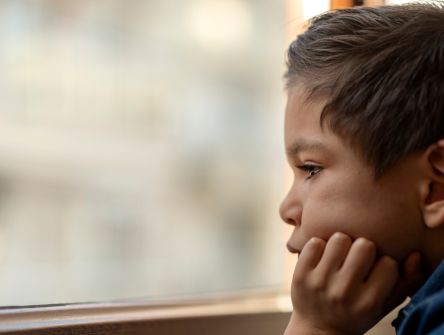Meeting children’s legal needs
Changes to legislation, education needed to protect children’s rights.

Nearly 30 years after ratifying the UN Convention on the Rights of the Child, the federal government, along with provincial and territorial governments, has still not passed legislation to incorporate the Convention into domestic law, thus denying children the full benefit of its protections.
A convention that is ratified but not implemented has interpretive value, but “its articles are secondary to Canadian domestic law where there is inconsistency,” the CBA’s Child and Youth Law Section said in a report to the UN Committee on the Rights of the Child. “A violation of a provision of the UNCRC cannot offer a valid cause of action in Canadian courts.”
Passing such legislation is the first of 20 recommendations in the Section’s report to the Committee following on the federal government’s recent submission of the fifth and sixth of its mandatory periodic reports detailing steps it has taken since 2012, when the Committee issued its last Concluding Observations on the government’s progress.
Legislation involving children, including in the areas of family and immigration/refugee law, should include references to the UNCRC, “so that there can be no doubt that child rights principles inform the interpretation of the best interest of the child,” the Section says, adding that this includes the interests specific to Indigenous children.
Among other themes, the Section hammered home that lawyers need to be educated in the area of children’s rights in order to represent their interests.
“The lack of child rights education and consequent lack of understanding of what a child-rights approach requires manifests itself in court processes and decisions,” the Section says, adding things like children’s views not being given due weight in court; the absence of mechanisms to explain court decisions to a child or to facilitate an appeal on their behalf; or even the primarily adult focus of court proceedings “can all be linked to a lingering paternalism due in large part to this lack of child-rights education.”
Given the absence of national standards for the protection of children’s rights, there should also be a National Commissioner for Children and Youth “dedicated to promoting, monitoring and investigating children’s rights, or expanding children’s opportunities to participate in political processes and complaint mechanisms when their rights are violated.”
Every area of law that involves children, from family law to immigration and refugee law, must be guided by the principle of what’s in the best interests of the child, the Section says, adding that this principle is “inextricably linked” to the right of children to be heard in matters affecting them.
While Canadian courts have affirmed children’s right to be heard in certain matters, such as child protection and health, among others, they have not done so consistently. The views of the child are not determinative, and aren’t necessarily given due weight by decision-makers. Children’s lack of access to legal representation is also problematic. The Section recommends that governments at all levels increase the participation of children in proceedings that affect them, and that they commit to adequately funding legal representation for children’s essential legal needs.
“Since 2012, Canada has progressed judicially, legislatively and administratively in promoting and protecting the rights of children,” the Section says. “However, there are several areas where Canada must take immediate steps to promote compliance with the UNCRC.”


